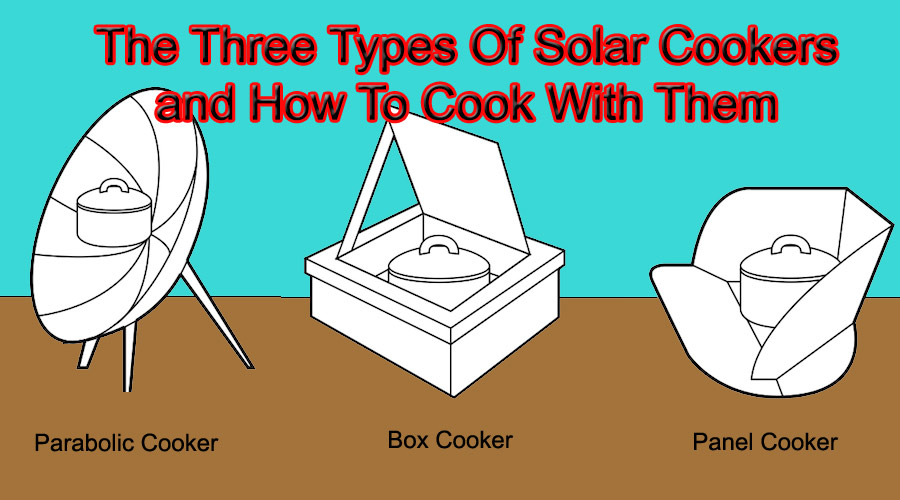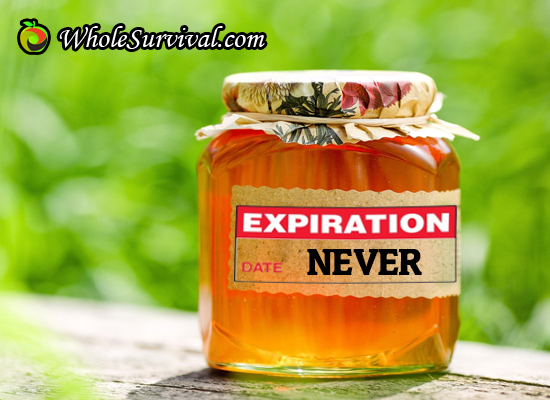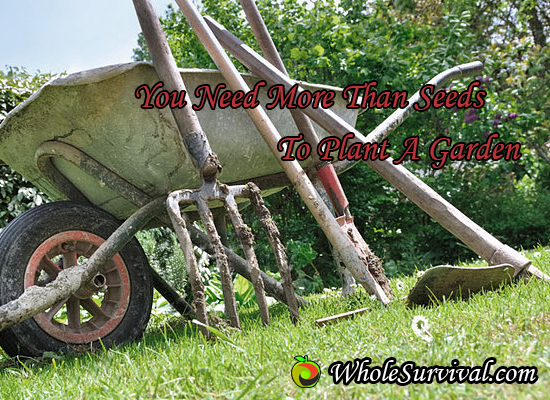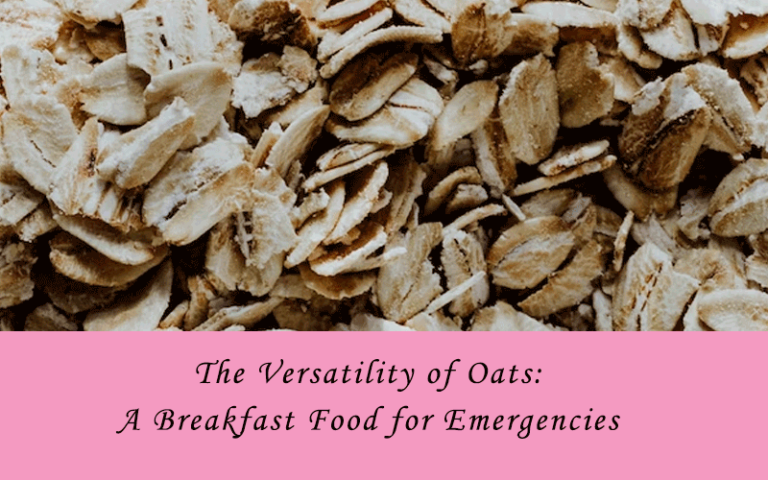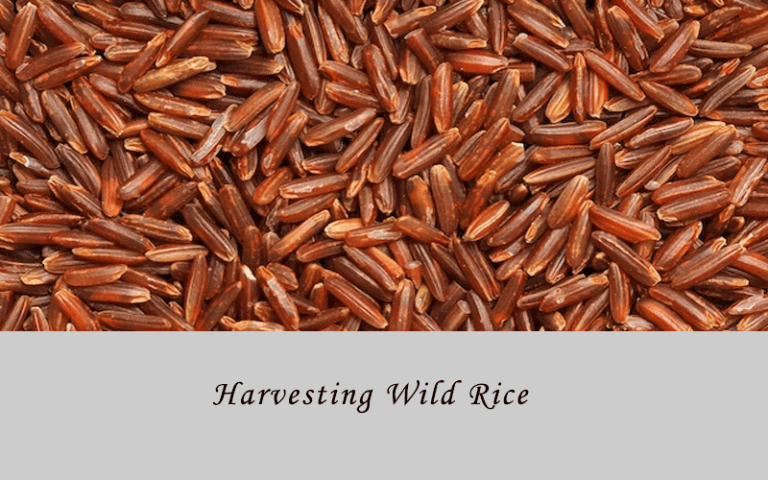Solar Ovens For Off Grid Survival
When the power is out and you can’t use your stove, cooking with a solar oven can be the next best choice.
Solar ovens come in a variety of designs and can be shaped as box-ovens, funnel (panel-style) cookers, or even parabolic (concentrators) cookers. Each have their pros and cons, but in essence, sunlight is focused and collected to heat up your food.
There are many sites that offer an incredible amount of design variety in solar cookers and so below you will find links to those so that you can choose something that you think is best for your needs.
Solar ovens have some limitations, obviously you need sunlight, and you will need to periodically turn them toward the sun as it moves through the sky.
There is no ‘best’ designed solar oven
To know what kind of solar cooker will work best for your needs, you will need to know what kinds of food you will most likely be making. Here are some of the main advantages and disadvantages of the various solar cooker designs for the various cooking tasks that you usually need to perform.
Box Style Solar Ovens
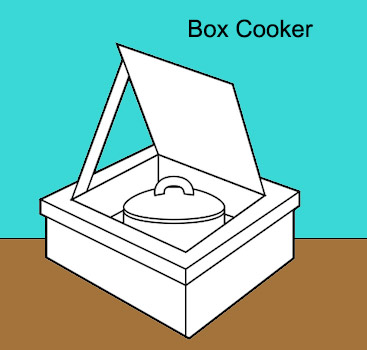
These ovens are basically a box lined with a reflective material. The simplest can be made from cardboard boxes and aluminum foil. More study box ovens can be made with plywood and mirrors.
Cardboard models are convenient because they can be easily flattened and are light to transport, whereas more sturdy models, even if they can be taken apart will take up more space and will weight more.
They act more like a true oven in that it has a space that will heat up slowly to a high temperature which can be regulated by either adjusting the angle towards the sun or by opening it up partially to the air so that the temperature does not get too high.
Solar Box cookers will usually maintain cooking temperatures between 250° F up to 350° F., depending on the type of food being cooked.
Box cookers are also quite safe and usually need very little supervision since it is difficult to burn or scorch the food.
You can leave your cooking food unattended for longer periods of time when using this style of cooker because of greater heat retention and a diminished need to track the sun as often. Because of their shape, they are inherently stable and will not have any issues on a windy day. Because you can always add extra insulation to the outside of the box, it can be used in fairly cold weather as well.
They are great for cooking things similar in style to a slow cooker, or your basic oven. Things like stews, chili, and bread work well in a box style solar cooker.
To make your own simple box style solar cooker, you will need a sturdy cardboard box (better yet, two boxes of different sizes so that one fits inside the other), some reflective material like aluminum foil, and a piece of glass (to retain the heat).
Parabolic Solar Cookers
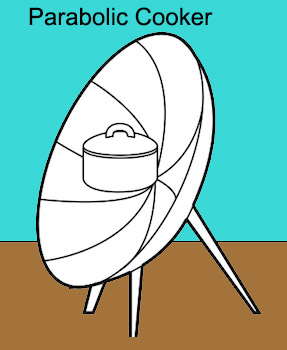
Parabolic cookers reflect a large amount of sunlight to a concentrated area where your food is positioned. They can achieve very high temperatures and are best used to quickly heat up a small pot or pan. It acts more like a stove top than an oven. It is great for boiling water, frying eggs in a pan for example.
Due to higher temperatures and the more frequent need to adjust the cooker toward the sun, a more experienced user/cook is recommended while cooking with a parabolic mirror, as opposed to box or panel cookers.
However the advantage of the higher heat is that you can cook faster and will typically be able to make more overall food than with the other two styles.
Typically, parabolic cookers are not easy to make on one’s own because it takes a specific curvature to achieve a desired focal length to concentrate the sun’s rays. It can be somewhat dangerous as this concentrated sunlight can severely burn you as you work with it.
But in order to make a parabolic cooker, it is probably easiest to start off with something that has the correct shape to begin with, such as an old satellite dish.
Funnel (Panel-style) Cookers
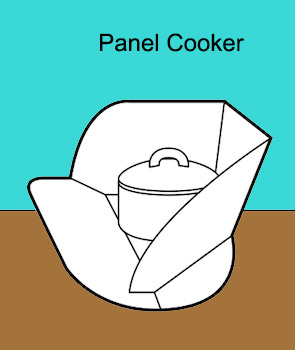
A solar panel cooker is usually made from a few panels of reflective material in which a pot of pan rests in the reflective zone. All you need is a pot and few sheets of reflective material.
Similar to the box cooker in that it works more like a slow-cooker or crockpot, it is easier to setup but will not achieve as high a temperature as a box cooker because of the loss of heat (since it is not encompassed). It will cook slower than a box cooker would, but then again it is easier to transport and setup.
But you can bake items in a panel cooker pot/pan, even though it is a little bit more challenging and restrictive with some items. A panel cooker will usually maintain cooking temperatures between 200° F to 250° F, which is more than sufficient for most all foods.
A solar funnel cooker is one of the easiest and least expensive to make using basic materials. Minimal ability and supervision is required to use a cooker of this style. It does not have to watched over as closely as a parabolic cooker.
Here is an example of how a simply made funnel cooker can be folded up. As you can see it is an easy piece of equipment to store and transport.
Of course you can always buy a pre-made funnel cooker such as the one in the video, there are a number of styles found online but there are a number of ways that you can make one yourself using material such as a sunshade (for a car) and an oven bag.
Btw, the video presenter above has another video that follows this one that also has some very good information in it where he measures the temperature and gives advice of best positioning etc..
Overall, if you are relying on your solar cooker to help you out in a situation where there is no electricity or where you cannot (or do not want to) build a fire, you will want to make sure your solar cooker, whether it be a box style, funnel type, or parabolic is sturdy, reliable, and that you know how to use it to make a meal. I encourage you to build one and start practicing with it so that you find out the limitations, how long it will take for a meal to be ready, etc.. before you are in a position to need it for your livelihood.

